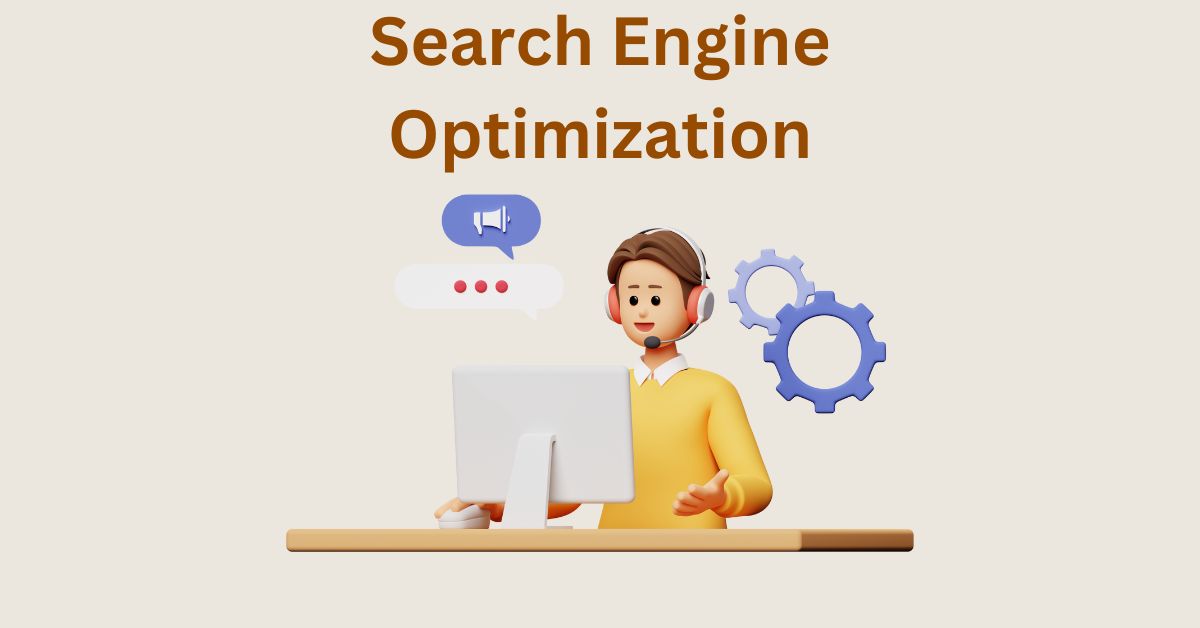What is SEO – Definition and Basics for Newcomers
Estimated reading time: 5 minutes
Last updated on July 19th, 2024 at 05:53 am
Imagine the internet is a massive library, and your website is a book among billions.
SEO is like the librarian’s guide to making sure your book is found when someone is looking for it.
Picture this: 93% of online experiences begin with a search engine, like Google.
If your website doesn’t show up in those search results, it’s like having a hidden book in the library that no one can discover.
From Search to Success: An Introduction to SEO
Think of SEO as the magic that helps your website stand out in a crowded digital world.
SEO, or Search Engine Optimization, is like giving your website a makeover to make it more likeable to search engines like Google.
Why does it matter?
Well, 75% of people don’t scroll past the first page of search results.
So, if your website isn’t there, it’s like being invisible to most people online.
Types of SEO (Search Engine Optimization)
SEO comes in different flavours, like different toppings on your favourite pizza.
1. On-Page SEO
Imagine your website is a book, and on-page SEO is like making sure each page has a clear title, chapters, and is easy to read.
When done right, it helps search engines understand what your pages are about.
Websites with strong on-page SEO tend to rank higher.
About 70-80% of search engine users focus on organic results, and good on-page SEO can help you get there.
2. Off-Page SEO
Now, think of your website as a cool party and off-page SEO is like making sure people are talking about it outside the party.
When other websites mention and link to yours, it’s like a popularity vote for search engines.
Quality backlinks, as we discussed earlier, are a key part of off-page SEO.
About 55% of marketers say link building is their most difficult SEO tactic, showing how valuable it is.
3. Technical SEO
Technical SEO is like the backstage crew making sure everything runs smoothly.
It involves optimizing the technical aspects of your website so that search engines can crawl and index it efficiently.
Did you know that 61% of marketers say improving SEO and growing their organic presence is their top inbound marketing priority?
Technical SEO plays a crucial role in achieving this goal.
Semrush is my recommended tool for overall SEO.
I highly recommend Themify Ultra as your theme of choice.
Why?
With this theme, along with Cloudflare CDN, I guarantee that your website will achieve a minimum speed score of 90+ on speed testing tools. If you aim for a perfect 100 score, feel free to reach out to me for further assistance.
Whatever your current hosting provider is, I can optimize your website using this theme to achieve a consistent speed score of 99-100, all for a one-time fee of $50.
Contact - [email protected]
How do Search Engines Work?
Ever wondered how search engines like Google find and show you the most relevant websites?
It’s like having a super-smart librarian organizing a vast library of information.
Let’s break it down:
1. Crawling
Imagine a little robot, let’s call it Googlebot, wandering around the internet.
Its job is to discover new and updated web pages.
It’s like the librarian checking out every book to see what’s inside.
Googlebot follows links from one page to another, collecting information along the way.
Around 6 billion searches are made on Google every day, and crawling helps keep up with this massive amount of content.
2. Indexing
Now, think of Google’s index as a giant catalogue or index cards in a library.
After crawling, Googlebot organizes the information it collects into categories, making it easier to find later.
It’s like the librarian filing each book under specific topics.
Google’s index contains trillions of web pages, and it’s constantly growing.
If your website isn’t in the index, it won’t show up in search results.
3. Ranking
When you type a question into Google, it doesn’t just randomly show you pages.
Instead, it ranks them based on relevance.
Google’s algorithm considers hundreds of factors to determine which pages are most likely to answer your question.
It’s like the librarian ranking books based on how well they match what you’re looking for.
The goal is to provide you with the most helpful and accurate information.
About 75% of users never scroll past the first page of search results, emphasizing the importance of ranking high.
How to Implement SEO?
Okay, now let’s get practical.
Implementing SEO is like preparing a delicious recipe for search engines to devour.
Here’s your step-by-step guide:
1. Keyword Research
Think of keywords as the main ingredients in your recipe.
These are the words and phrases people use when searching for information.
Researching the right keywords ensures you’re using the language your audience speaks.
About 50% of searches are four words or longer, emphasizing the need for specific and targeted keywords.
2. On-Page Optimization
This is like adding the right seasoning to your dish.
On-page optimization involves tweaking elements on your website, such as titles, headings, and meta descriptions, to make them more appetizing to search engines.
It’s estimated that 70-80% of users ignore paid ads and focus on organic results, making on-page optimization crucial for visibility.
3. Technical Optimization
Technical optimization is like ensuring your kitchen is well-equipped and organized.
It involves making sure your website is technically sound and easily navigable for both users and search engines.
Did you know that 39% of users will leave a website if images take too long to load?
Technical SEO addresses such issues, ensuring a smooth user experience.
4. Content Creation
Content creation is like crafting the main course of your meal.
Create valuable, engaging content that satisfies your audience’s hunger for information.
Regularly updating your content is key, as websites with blogs have 434% more indexed pages, attracting more attention from search engines.
5. Off-Page Optimization
Off-page optimization is like sharing your recipe with other chefs.
It involves building a strong online presence through quality backlinks and social media mentions.
Over 90% of online experiences begin with a search engine, and off-page optimization increases your chances of being part of those experiences.
Wrapping Up
Learning and applying these basic steps of SEO is important for improving your website’s visibility, attracting organic traffic, and achieving higher search engine rankings.
Using the above SEO strategies, you can make your website work better, reach more people, and ultimately get more people to visit your site through search engines.
SEO is not a one day game. You need to learn-practice-fail… learn-practice-fail… learn-practice-fail…
It takes time but worth it in the end.

